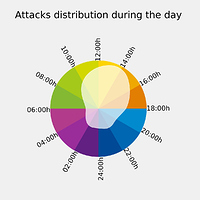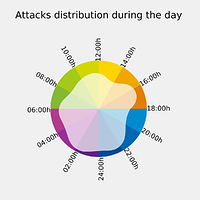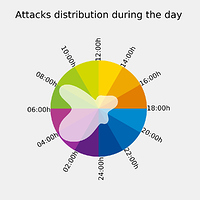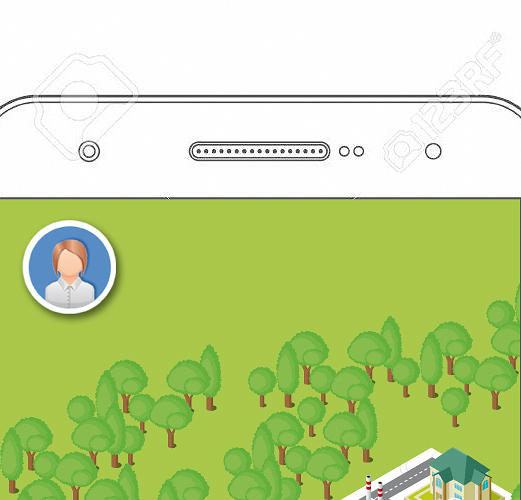@saraR Nice to read what you do to better understand your Parkinson. I got a message from Mad about this thread and your efforts.
Hope we can have contact and talk about what we both do and maybe learn or support eachother.
I’m a cluster headache patient, so something completely different. But we as community collect our own data and have setup our own data analysis to try and understand how effective our treatments are and to see how we change through and how we differ from other members of our group.
Some examples of what we do:
Something we do is create timelines. A timeline is a plot with hours of the day on the y-axis and the days of the registered time on the x-axis. Every attack is listed on the place of occurance and the color represents the intensity.
But to understand change we also make plots like these, where you see the amount of attacks in every month and inside that bar, the intensity is shown of those attacks. Giving a good insight in how this person changed.
These are examples of plots showing when we (on average) have our attacks. The time of attacks could say something about the individual patients and could maybe help better understand why treatments work for one and not for the other.
What we have now: We have our own app active. It works with buttons and everybody uses the buttons they need. Every button is a symptom or treatment and we can add any that is needed.
We store our data on OpenHumans and have the cooporation from the Ubiqum Code Academy (Barcelona- Spain) to help us analyse and visualise our data.
What we hope to build: Collecting data alone isn’t really funny and if you don’t have community, its always n=1. Meaning all you think to find out can be a coincidence. So community and a platform to support it should be build. Problem with community is that we need many thins to get it active and fuctional. We need a member list, we need to be able to contact the organization, receive news, Chat, extrenal communication, knowledge starage and our own “data analysis” So this can get very complicated to get in one app- or platform.
I’ve designed a setup for that that I think will be understandable and fun to use (colors changed after uploading to this forum). The idea is to compare community to a town. If you go to a town, you can go to the townhall to ask general information or see who is member of it. If you want news, you get the local newspaper. If you want to chat you can go to the bar and meet fellow members. A town can also have a factory where the community could import raw data to produce trends and patterns. Many other buildings could be added like a library, a hospital, theatre and we all know what these mean.
Our setup is usable for other groups interested in doing their own research. I will start a crowdfunding for it soon to see if I can get this funded. If you like it, have interest or any question, please contact me at info@nobism.com and I’ll get back to you.

 Id be Curious to hear if there are tools for it out there already!
Id be Curious to hear if there are tools for it out there already!





